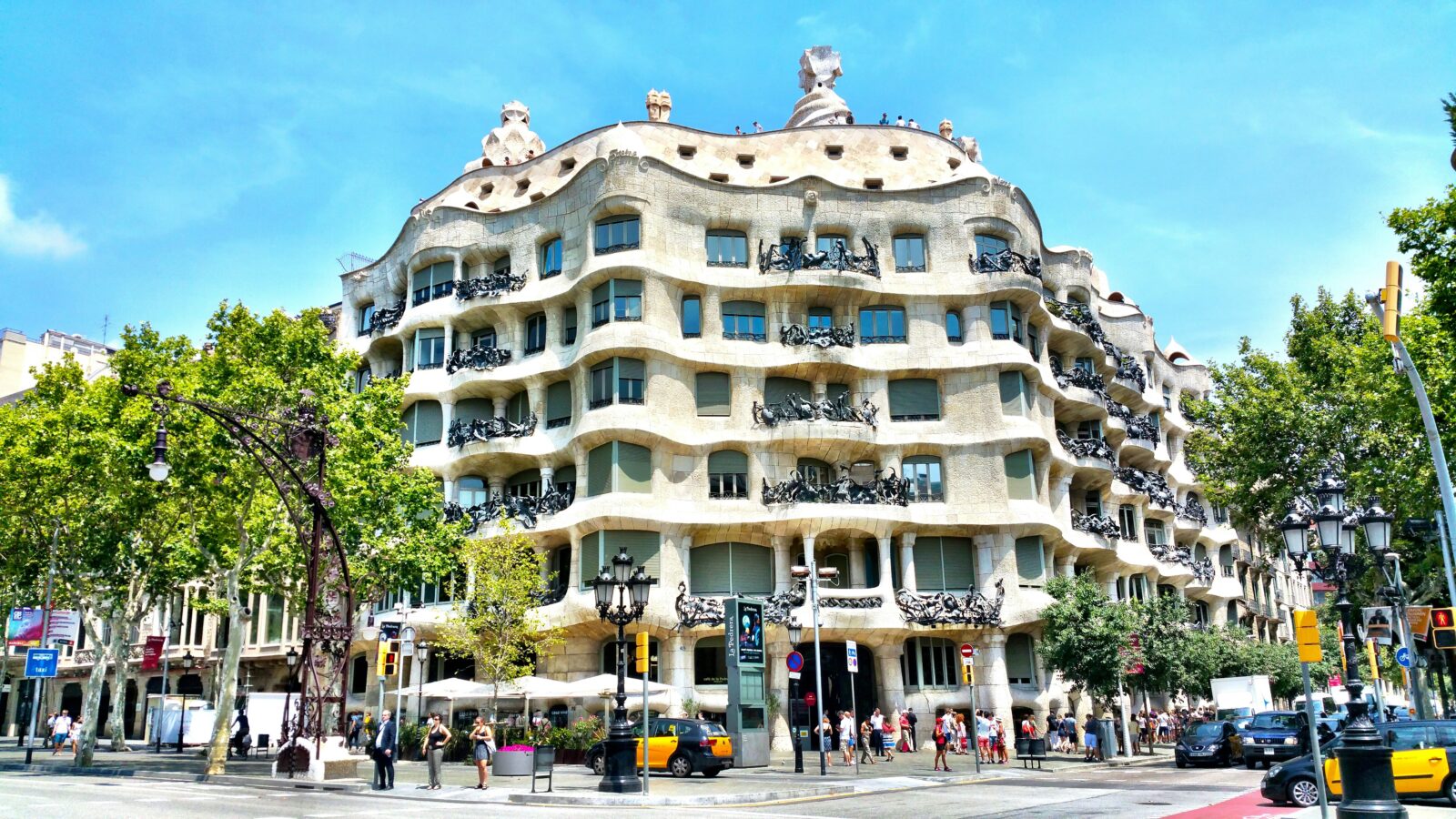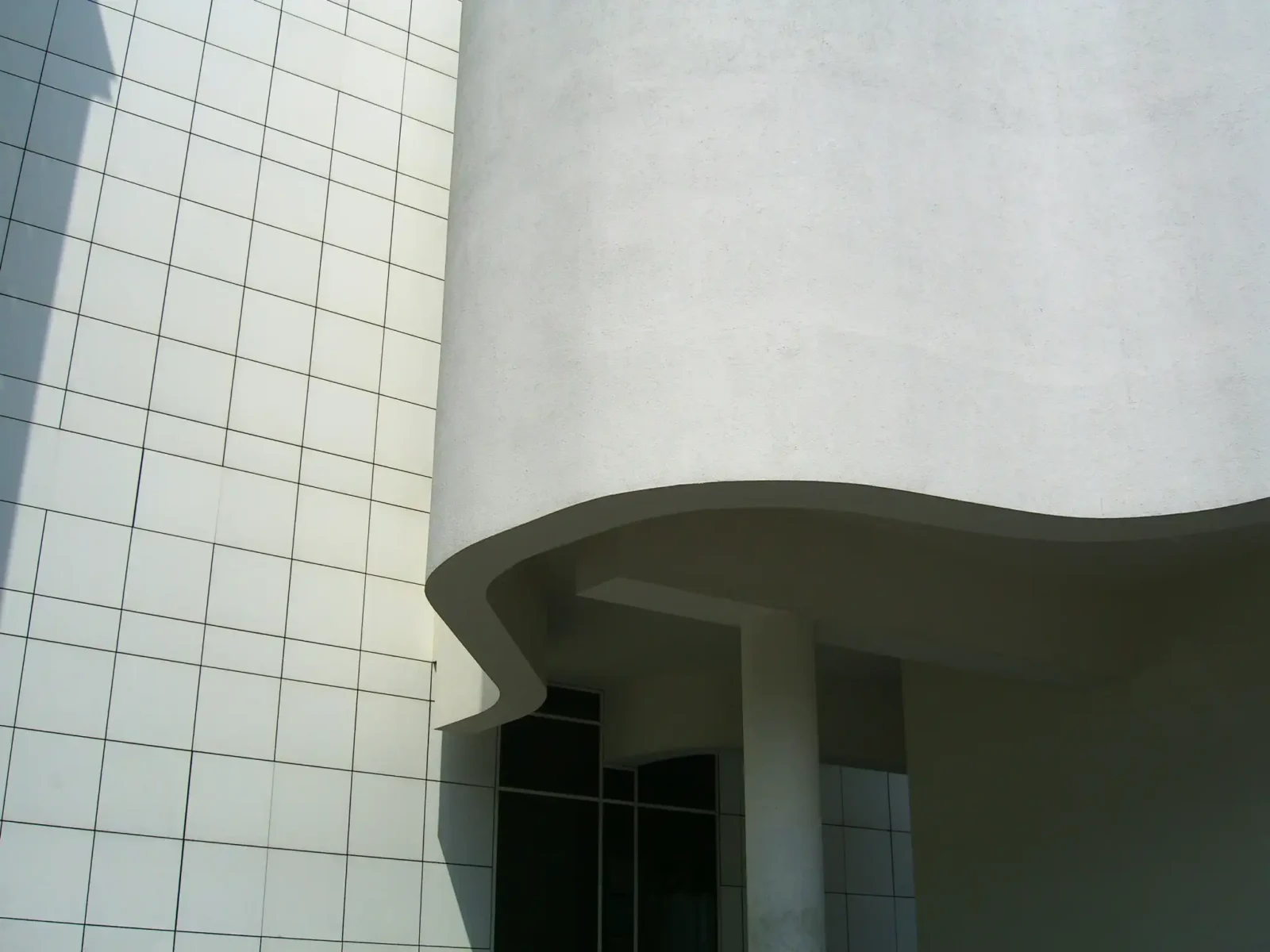- Home
- Articles
- Architectural Portfolio
- Architectral Presentation
- Inspirational Stories
- Architecture News
- Visualization
- BIM Industry
- Facade Design
- Parametric Design
- Career
- Landscape Architecture
- Construction
- Artificial Intelligence
- Sketching
- Design Softwares
- Diagrams
- Writing
- Architectural Tips
- Sustainability
- Courses
- Concept
- Technology
- History & Heritage
- Future of Architecture
- Guides & How-To
- Art & Culture
- Projects
- Interior Design
- Competitions
- Jobs
- Store
- Tools
- More
- Home
- Articles
- Architectural Portfolio
- Architectral Presentation
- Inspirational Stories
- Architecture News
- Visualization
- BIM Industry
- Facade Design
- Parametric Design
- Career
- Landscape Architecture
- Construction
- Artificial Intelligence
- Sketching
- Design Softwares
- Diagrams
- Writing
- Architectural Tips
- Sustainability
- Courses
- Concept
- Technology
- History & Heritage
- Future of Architecture
- Guides & How-To
- Art & Culture
- Projects
- Interior Design
- Competitions
- Jobs
- Store
- Tools
- More
Exploring the Role of Space in and Around Architecture: Design, Experience, and Innovation
Discover how space transforms architecture and influences our daily lives in this insightful article. Explore the historical evolution of architectural design, from Greek temples to modern skyscrapers, and learn how elements like light, materials, and texture shape our experiences

Space isn’t just a backdrop for architecture; it’s an essential element that shapes our experience of the built environment. From the way light filters through a room to how outdoor areas interact with structures, the relationship between space and architecture influences our daily lives in profound ways.
As we explore the intricate dance between space and design, we’ll uncover how architects harness both physical and emotional dimensions to create environments that resonate with us. Whether it’s the openness of a public plaza or the intimacy of a cozy living room, understanding this interplay can deepen our appreciation for the spaces we inhabit. Join us as we delve into the fascinating world of space in and around architecture.

Table of Contents
ToggleUnderstanding Space In And Around Architecture
Space in and around architecture plays a pivotal role in shaping our experiences. By examining both historical and modern perspectives, we can appreciate how this concept has evolved.

Historical Context
Architectural space has long influenced social interactions and cultural expressions. In ancient civilizations, structures were designed around their environment. For instance, Greek temples emphasized the relationship with nature, while Gothic cathedrals utilized vast spaces to evoke awe.
Throughout history, architects responded to societal needs, using space to reflect values. The Renaissance introduced proportion and symmetry, establishing a harmonious balance. We see during the Enlightenment that space became a platform for intellectual discourse, influencing urban planning. Each era’s design principles showcase the evolving understanding of space and its significance.
Modern Perspectives
In modern architecture, space embodies functionality and emotion. Architects now prioritize open floor plans, fostering fluidity between spaces. Natural light becomes integral, enhancing mood and productivity. With a focus on sustainability, outdoor spaces blend with interiors, creating seamless transitions.
Innovative materials and technology challenge conventional boundaries. We witness the use of virtual reality in design, allowing for spatial experimentation before construction. Collaborative spaces reflect current trends in work culture, emphasizing interactions and community. This modern approach underscores the importance of space not just as physical dimensions but as a vital element in our daily lives.
The Role of Space in Architectural Design
Space serves as a foundational element in architectural design, influencing both the functionality and aesthetic appeal of structures. We explore how it shapes our experiences and interactions within these environments.

Functionality and Aesthetics
Functionality dictates how space is utilized, ensuring structures serve their intended purposes while promoting ease of movement and usability. A well-designed layout improves accessibility and flow, allowing occupants to navigate smoothly. Aesthetics complements this by creating visually engaging spaces that evoke emotion. Architectural features, such as open floor plans and strategically placed windows, enhance natural light and provide vital connections to the outdoors. Thoughtful integration of color, texture, and proportion elevates both form and function, resulting in a harmonious environment.
Navigating Spatial Experience
Navigating space involves the relationship between individuals and their surroundings. We perceive and interact with space through our senses, influencing our emotional responses. Architectural design encourages exploration by promoting varied experiences, such as expansive views, intimate areas, and dynamic pathways. The arrangement of space can facilitate social interaction, enhancing community engagement. Incorporating elements like courtyards or communal areas fosters connection, while private spaces allow for solitude. By considering these factors, architects create environments that resonate with occupants, enhancing their overall experience.
Elements Influencing Space Perception
Space perception in architecture depends on various elements that shape our experience and interaction within built environments. Understanding these elements enhances our appreciation of the designed spaces.

Materials and Texture
Materials and textures significantly impact how we perceive space. Different materials, like wood, concrete, or glass, evoke distinct feelings that can influence our emotional response to a space. For example, warm wood finishes create a cozy atmosphere, while sleek glass surfaces promote a sense of openness and modernity. Textures add depth and interest, guiding our movement and interaction. Rough textures can create a tactile experience, encouraging exploration, while smooth surfaces can enhance a feeling of calm. By thoughtfully selecting materials and textures, architects create spaces that not only serve functional purposes but also enhance our emotional connection to the environment.
Light and Shadow
Light and shadow play a pivotal role in shaping space perception within architecture. Natural light sets the mood and influences how we experience a space throughout the day. The strategic placement of windows and openings allows sunlight to fill interiors, highlighting architectural features and creating dynamic contrasts. Shadows add depth, emphasizing the spatial relationships between elements. They can create visual interest and enhance the perception of scale, making spaces feel larger or more intimate depending on their intent. By manipulating light and shadow, architects instill a sense of drama and emotion, enriching our experiences within various environments.
Case Studies of Notable Architectural Works
Exploring iconic structures and innovative spaces showcases how architectural design harnesses the power of space to influence our experiences. These case studies highlight significant elements that enhance functionality and aesthetics.

Iconic Structures
- Eiffel Tower, Paris: The Eiffel Tower proves the transformative potential of space in urban environments. Its iron lattice design utilizes negative space effectively, allowing light to penetrate while offering panoramic views of the city. The tower’s design fosters a sense of wonder and cultural identity.
- Sydney Opera House, Australia: The Sydney Opera House exemplifies the integration of natural elements in architectural design. Its sail-like roofs create a harmonious relationship with the surrounding harbor while maximizing space for performance areas. This iconic structure reinforces a connection between art, architecture, and nature.
- Burj Khalifa, Dubai: Burj Khalifa stands as the tallest building in the world, showcasing vertical space to redefine urban living. Its tapering form reduces wind resistance while creating a striking silhouette against the skyline. Inside, open spaces enhance the visitor experience, promoting an atmosphere of luxury and exploration.
Innovative Spaces
- The High Line, New York City: The High Line transforms an abandoned railway into a vibrant public park. The design incorporates green spaces, pathways, and seating areas, creating a dynamic urban environment. Nature’s inclusion enhances the spatial experience, inviting social interaction and leisurely exploration.
- Bosco Verticale, Milan: Bosco Verticale features residential towers adorned with over 9,000 trees, integrating nature into high-density living. This vertical garden concept promotes environmental sustainability while enhancing residents’ quality of life. The greenery softens the urban landscape and improves air quality.
- The Serpentine Pavilion, London: Each year, the Serpentine Gallery commissions a temporary pavilion designed by a prominent architect. These pavilions utilize innovative materials and concepts, creating unique spaces that challenge conventional architecture. These designs foster public engagement through open layouts and interactive elements.
These case studies illustrate how crucial space is in architecture. Through innovative designs and iconic structures, we see space as a fundamental component that shapes environments and enhances human experiences.
Future Trends in Space and Architecture
Future trends in architecture increasingly focus on innovative ways to use and perceive space, prioritizing sustainability and technology. These factors not only enhance aesthetics but also optimize functionality and user experience.

Sustainable Design
Sustainable design is a crucial trend shaping space in architecture. It promotes environmental responsibility by integrating energy-efficient materials and construction methods. Architects use renewable resources, such as bamboo and recycled metals, to minimize ecological impact. Designs often incorporate green roofs and walls, enhancing biodiversity and reducing urban heat. Furthermore, systems like solar panels and rainwater collection improve energy efficiency and resource management. Spaces prioritize natural ventilation and daylight utilization, creating healthier environments that enhance occupants’ well-being and reduce energy demands. Buildings designed with these sustainable principles lead to reduced carbon footprints and a positive impact on surrounding ecosystems.
Technological Integration
Technological integration reshapes how we understand and interact with space in architecture. Smart building technologies contribute to improved energy management and user experiences. Sensors monitor environmental conditions, providing real-time data for optimal climate control. Augmented reality (AR) and virtual reality (VR) allow for immersive design experiences, enabling users to explore spaces before construction begins. These tools foster collaboration among architects, clients, and stakeholders, facilitating informed decision-making. Advancements in materials, like self-healing concrete and responsive glass, redefine spatial possibilities, enhancing durability and adaptability of buildings. As technology continues to evolve, we anticipate innovative approaches that redefine boundaries, creating spaces that are functional, adaptive, and interactive.
Conclusion
Space serves as a fundamental pillar in architecture, influencing our experiences and interactions within built environments. It determines the functionality of spaces and enhances aesthetic appeal, creating environments that resonate on emotional levels. We’ve explored how historical contexts shaped design principles that prioritize spatial relationships, from Greek temples to modern skyscrapers.
Space contributes significantly to our daily lives. Factors such as light, materials, and texture play key roles in shaping our perception of architecture. Using elements like natural light and varied textures, we create spaces that promote well-being and inspire creativity. We’ve also seen how specific designs, like open floor plans and integrated natural spaces, foster social interaction and community engagement.
Notable architectural works emphasize the transformative power of space. From the wonder evoked by the Eiffel Tower to the innovative designs of Bosco Verticale, each structure showcases how space shapes our experiences. As we embrace future trends in architecture, sustainability and technology will drive new interpretations of space, resulting in environments that support our values of environmental stewardship and improved quality of life. Ultimately, understanding space’s role in architecture will deepen our appreciation for the built world around us and its impact on our everyday experiences.
- Architectural Composition
- architectural experience
- architectural space
- design and space interaction
- experiential architecture
- human-scale design
- innovative spatial concepts
- interior and exterior space
- space and form
- Space in Architecture
- Space Planning
- spatial design
- spatial innovation in architecture
- user-centered design
- void and volume in architecture
Submit your architectural projects
Follow these steps for submission your project. Submission FormLatest Posts
The Ultimate Guide to Fencing in North Dakota: Choosing the Best Fence for Your Property
Watching a chain link fence twist in 70 mph winds near Minot...
Gaudí: Where Architecture Meets Science
Gaudí: Where Architecture Meets Science shows catenary arches, ruled surfaces, and biomimicry...
How Housing Market Forces Shape Architectural Design Today
Architecture never exists in isolation. Buildings rise from a mix of ambition,...
Why Portable Formaldehyde Gas Detectors Matter on Construction Sites
As construction practices shift toward more enclosed and material-intensive environments, the risk...












Leave a comment